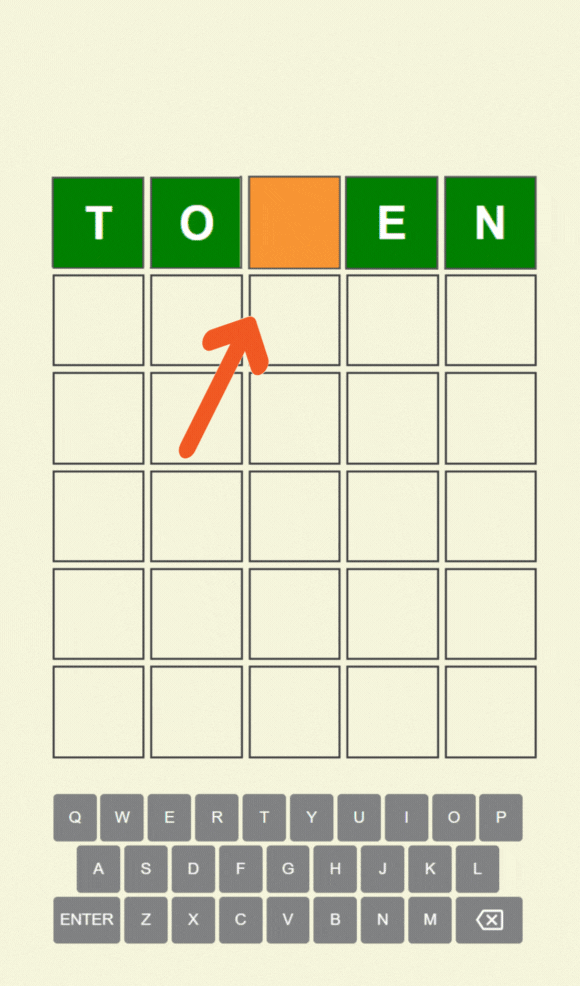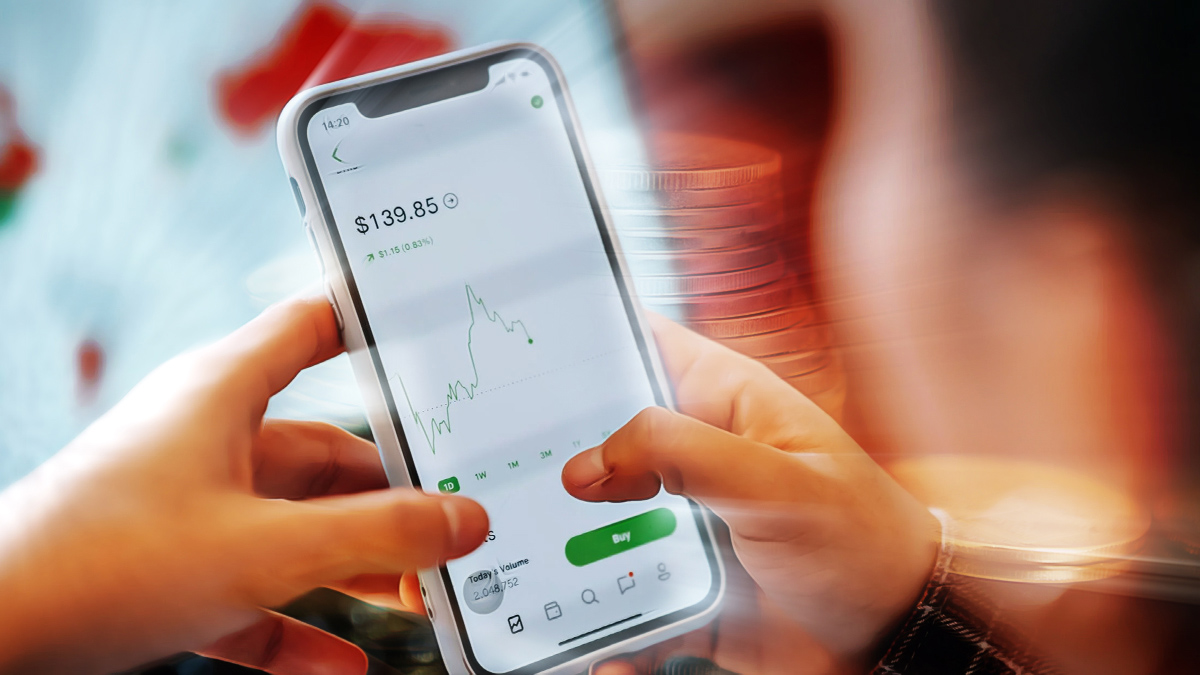The Ripple  $2 community has been waiting the longest for a price surge among cryptocurrency investors. After eight years of dreaming of past levels, they found renewed hope with the onset of the Trump 2.0 era. This optimism has led XRP Coin to outperform many altcoins, experiencing a notable increase of 12.5% during the preparation of this article.
$2 community has been waiting the longest for a price surge among cryptocurrency investors. After eight years of dreaming of past levels, they found renewed hope with the onset of the Trump 2.0 era. This optimism has led XRP Coin to outperform many altcoins, experiencing a notable increase of 12.5% during the preparation of this article.
XRP Coin ETF Application Update
Today, 21Shares updated its application file, raising Polymarket’s odds of approval for 2025 to 81%. This indicates growing confidence among investors regarding the potential approval. Following a 60-day pause on the Binance case, SEC officials have begun discussions with cryptocurrency companies to gather insights on regulatory steps to be taken.

One of the focal points is concluding unnecessary fraud-related cryptocurrency lawsuits, with discussions also focusing on finalizing appeals. The sharing of meeting details today has sparked excitement among investors about these important topics.
Characteristics of Ripple (XRP) Coin
Investors in XRP Coin hold the asset for various reasons, driven initially by excitement over potential partnerships with banks. More than 70 institutional agreements have been signed, positioning the XRP Ledger as a viable solution for banks. Partnerships with giants like MoneyGram have established a solid investor base.
Let’s examine some significant technical details highlighted by 21Shares in the ETF file that you may hear for the first time.
- Launched in 2012, it operates on the XRP Ledger.
- All 100 billion XRP have been pre-mined.
- A series of independent validators approve transactions, unlike Proof of Work.
- It ensures security through a Unique Node List, rather than heavy computational power.
- XRP Ledger can process 1,500 transactions per second, compared to BTC’s 7 and Ethereum
 $2,432‘s 30.
$2,432‘s 30. - Transaction times range from 3 to 5 seconds.
- Transaction costs are often below a few cents.
- It features a dynamic fee structure to prevent network congestion.
- Developed as a faster, cheaper alternative to the traditional SWIFT system.
- Improvements continue for NFT support.
- Non-circulating supply is held in escrow accounts, with 20 billion XRP allocated to founders.
- While inflation isn’t zero, there is no new supply; only around 53 billion will eventually be released from escrow.
- XRP transaction fees can drop to as low as 0.00001 XRP.
- Although legal debates on XRP’s status as a security are ongoing, courts have confirmed that sales from exchanges do not constitute investment contracts.
In the event of potential ETF approval, custody services will be provided by Coinbase Custody Trust Company. While CME’s futures listings support ETH and BTC, it remains to be seen how 21Shares and others will navigate the lack of XRP listings. Despite XRP not being listed in CME futures, potential ETF issuers believe regulatory measures can ensure market safety.
Risks Associated with XRP Coin
I remember vividly when BTC ETF applications were submitted, with economists citing “hard fork” risks as a reason for skepticism. However, BlackRock pushed BTC prices above 100,000 dollars while many were doubting its viability. For XRP Coin, the situation is similarly complex, with risks including:
- Volatility
- Trading may become difficult if sufficient liquidity is lacking.
- Regulatory risks; future administrations may file new lawsuits.
- Bankruptcy risk; custody services or ETF sponsors could fail, jeopardizing investor assets.
- Risk of negative premiums, although this is unlikely with sufficient demand.
- If banks prefer their own closed-loop blockchain models, XRP may become obsolete.
- Potential for a 51% attack, though undiscovered critical vulnerabilities may exist.
- XRP developments could introduce code vulnerabilities.
- Macroeconomic factors can cause significant price fluctuations.
- Whales can manipulate markets.
- If disinterest in ETH reflects on XRP Coin, ETF interest could fade.

 Türkçe
Türkçe Español
Español









